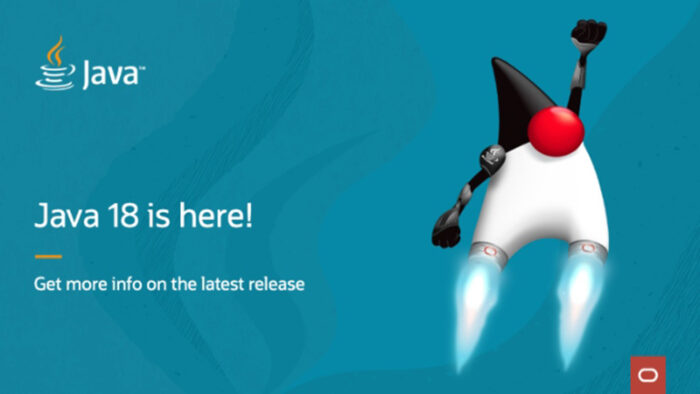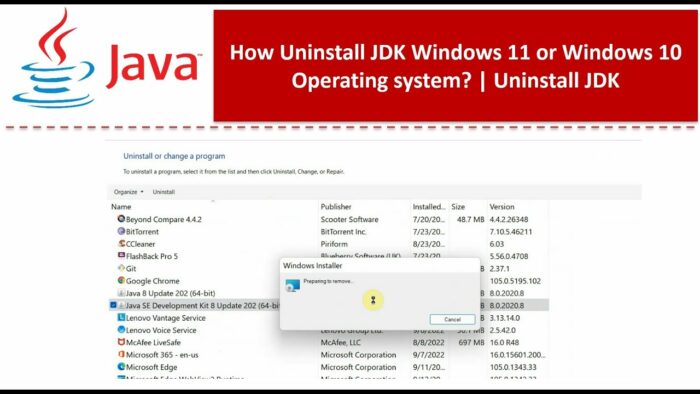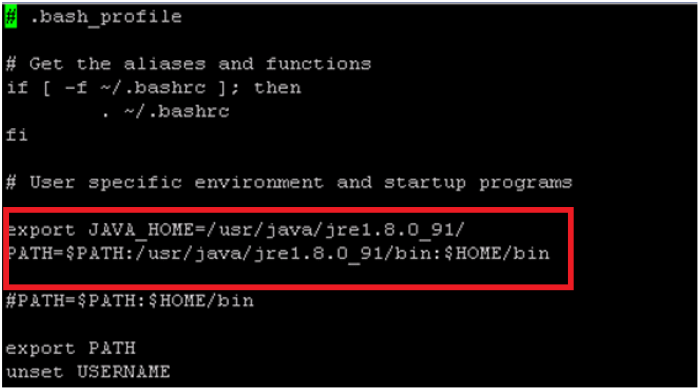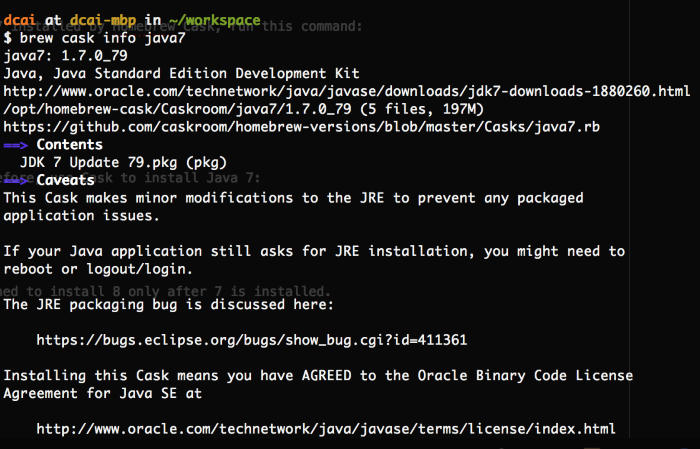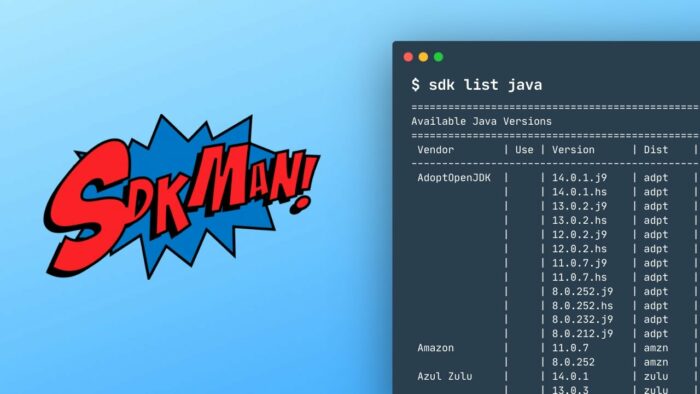The Operation Couldn’t Be Completed. Unable to Locate a Java Runtime – this is a common error that many users encounter when trying to run applications that require Java on their system. Luckily, it’s not a dead-end, and we have multiple solutions to get past it.
Key Insights
- The issue arises due to discrepancies between the required and installed versions of Java.
- Multiple strategies can assist in resolving this error, including updating Java, installing a suitable Java version, and modifying system settings.
- Understanding the optimal outcome and ideal scenario helps prevent future occurrences.
- A well-rounded approach, including preventive measures, can ensure a smooth Java runtime environment.
What’s the Optimal Outcome Without “The Operation Couldn’t Be Completed. Unable to Locate a Java Runtime” Problem?
In an optimal situation, your system should detect the installed Java Runtime Environment (JRE), allowing your Java-dependent applications to run smoothly without encountering any errors. You should be able to execute Java commands in the terminal without any issues, and your installed programs that require Java should function as expected.

What’s the Ideal Scenario Without “The Operation Couldn’t Be Completed. Unable to Locate a Java Runtime” Issue?
The ideal scenario would be a system where the Java Runtime Environment is correctly installed and updated. The system can easily locate the Java Runtime, and any Java-based applications can run seamlessly without stumbling upon the said error.
Case Study: When Does “The Operation Couldn’t Be Completed. Unable to Locate a Java Runtime” Error Happen?
Consider the case of Alex, a software developer, who recently updated his Mac to the latest OS version. He then attempted to run a Java-based application, only to encounter “The Operation Couldn’t Be Completed. Unable to Locate a Java Runtime” error. It happened because the update affected the system’s ability to locate the installed Java Runtime Environment.
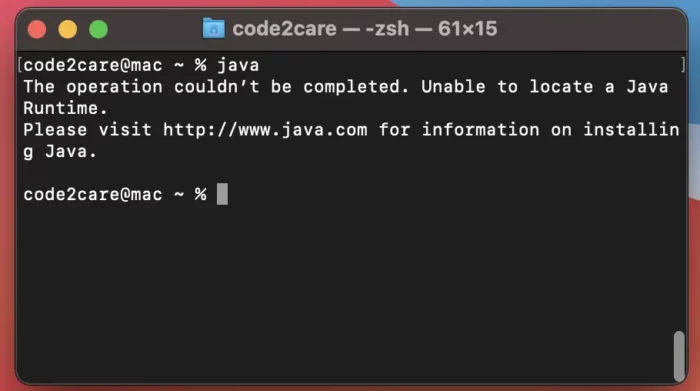
Initial Diagnosis: Have You Tested These Measures?
Before diving into the detailed strategies, it’s crucial to perform some basic troubleshooting:
- Restart your system.
- Check if you can run other Java-based applications.
- Ensure that you have the correct version of Java installed for your specific applications.
The Significance of Rectifying “The Operation Couldn’t Be Completed. Unable to Locate a Java Runtime”:
Resolving this issue is crucial as not being able to locate a Java Runtime can hamper the functioning of multiple applications on your system, especially if you’re a developer or a regular user of Java-based applications. Failure to address this could result in significant work interruptions and potential data loss.
Interactive Guide: 7 Functional Strategies to Address “The Operation Couldn’t Be Completed. Unable to Locate a Java Runtime”:
SOLUTION 1: Check Your Java Version
- Open your terminal/command prompt.
- Type in the command
[java -version.]
If Java is installed and configured correctly, this will display the installed version of Java on your system.
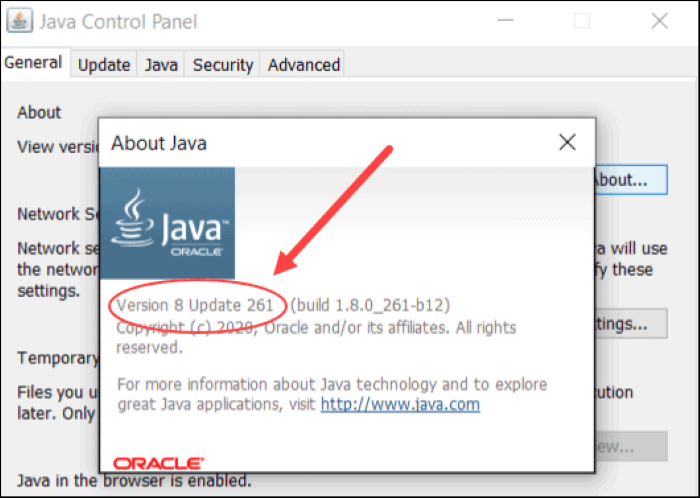
SOLUTION 2: Update Java
If your Java version is outdated, you might need to update it.
- Visit the official Java website.
- Download the latest version.
- Follow the instructions to install it.
SOLUTION 3: Rollback Java
If your Java auto-updated recently, you might need to rollback to a previous version.
- Uninstall the current Java version. Visit the official Java archive.
- Download the required previous version.
- Follow the instructions to install it.
SOLUTION 4: Set the JAVA_HOME Variable
The JAVA_HOME variable is used by applications to locate the Java installation directory. If it’s not set or incorrectly set, you might encounter this error.
- Open your terminal/command prompt.
- Depending on your shell, add the following lines to the end of your ~/.bashrc or ~/.zshrc file:
For bash:
bash
Copy code
[echo “export JAVA_HOME=/usr/libexec/java_home” >> ~/.bashrc]
[source ~/.bashrc]
For zsh:
bash
Copy code
[echo “export JAVA_HOME=/usr/libexec/java_home” >> ~/.zshrc]
[source ~/.zshrc]
SOLUTION 5: Install Java with Brew
Brew is a package manager for macOS that can be used to install Java.
- Open your terminal.
- Install brew using the command
[/bin/bash -c “$(curl -fsSL https://raw.githubusercontent.com/Homebrew/install/HEAD/install.sh)”]
- Install Java using brew with the command
[brew install java.]
SOLUTION 6: Install Java with SDKMAN!
SDKMAN! is another tool that can be used to manage and install different versions of Java.
- Open your terminal.
- Install SDKMAN! using the command
[curl -s “https://get.sdkman.io” | bash.]
- Install Java using SDKMAN! with the command
[sdk install java.]
SOLUTION 7: Reach Out to Support
If all else fails, consider reaching out to Java Support for assistance.
How to Prevent “The Operation Couldn’t Be Completed. Unable to Locate a Java Runtime” Error in the Future
To prevent this issue from recurring, it’s advised to:
- Regularly update your Java version.
- Set the JAVA_HOME environment variable correctly.
- Use tools like Brew or SDKMAN! to manage your Java installations.
Final Thoughts
While “The Operation Couldn’t Be Completed. Unable to Locate a Java Runtime” error can be daunting, it’s resolvable with the right strategies. By following the steps provided, you should be able to get your Java Runtime Environment up and running in no time.
FAQs)
Why am I seeing “The Operation Couldn’t Be Completed. Unable to Locate a Java Runtime” error?
This error typically arises when there’s an issue with the Java Runtime Environment on your system. Your system might be unable to locate the Java installation, or your Java version might be outdated.
How can I update Java on my system?
You can update Java by visiting the official Java website, downloading the latest version, and following the instructions to install it.
What is JAVA_HOME and how can I set it?
JAVA_HOME is an environment variable used by applications to locate the Java installation directory. You can set it by adding the line `export JAVA_HOME=/usr/libexec/java_home` to the end of your ~/.bashrc or ~/.zshrc file and then running the source command.
What are Brew and SDKMAN!?
Brew and SDKMAN! are tools that can be used to manage and install different versions of Java on your system. They provide a convenient way to switch between different Java versions as needed.
What should I do if none of the solutions work?
If none of the solutions works, it’s recommended to reach out to Java Support for assistance. They can provide you with more personalized help to resolve your issue.

